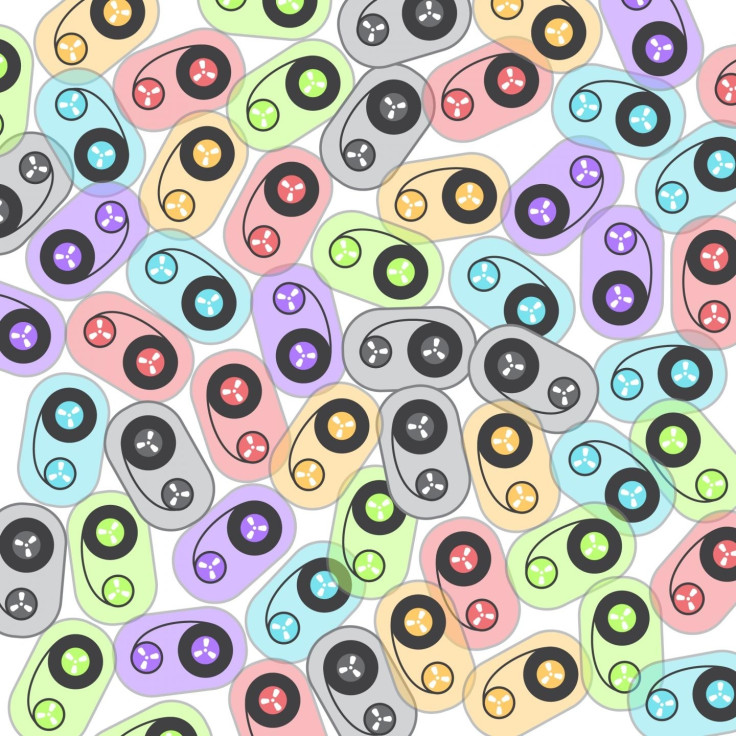Genetically modified bacteria can store information like tiny tape recorders
Development could lead to technologies that harness bacterial cells for disease diagnosis.

In a ground-breaking development, researchers have modified a strain of bacteria found in the human gut to create what is essentially the world's smallest data recorder.
The biologically engineered bacteria can record its interactions with the surrounding environment and even time-stamp events, potentially paving the way for new technologies that harness bacterial cells for purposes ranging from disease diagnosis to environmental monitoring. These cells could monitor otherwise invisible changes without disrupting their surroundings.
"Such bacteria, swallowed by a patient, might be able to record the changes they experience through the whole digestive tract, yielding an unprecedented view of previously inaccessible phenomena," said Harris Wang, assistant professor at Columbia University Medical Center and senior author of the new research.
In order to teach the bacteria – known as Escherichia coli – the data-recording ability, the scientists harnessed the power of their inbuilt immune system, known as CRISPR-Cas. When viruses infect these bacteria, this immune system copies snippets of DNA from the invading pathogens so that subsequent generations can repel and destroy them more effectively.
Essentially, the CRISPR-Cas system creates a chronological record of all the viruses that have infected the bacteria and its ancestors.
"The CRISPR-Cas system is a natural biological memory device," Wang said. "From an engineering perspective that's actually quite nice, because it's already a system that has been honed through evolution to be really great at storing information."
The ability of CRISPR to cut the DNA of incoming viruses has previously been harnessed by gene therapy researchers to edit the genomes of cell cultures, lab animals and even humans in the search for new disease treatments.
But Ravi Sheth, a graduate student in Wang's lab, says that CRISPR's recording function could be put to other uses. "When you think about recording temporally changing signals with electronics, or an audio recording... that's a very powerful technology, but we were thinking how can you scale this to living cells themselves?" Sheth said.
The team modified a piece of DNA – called a plasmid – in the bacteria's immune system, giving it the ability to create more copies of itself in response to an external signal, enabling the cell to record changes in its environment. Computer tools can then be used to read the information that has been recorded.
Currently, the recording system can handle three simultaneous signals at once and record for several days straight.
"Now we're planning to look at various markers that might be altered under changes in natural or disease states, in the gastrointestinal system or elsewhere," Wang said.
CRISPR gene editing techniques have been used before to store digital information, in the form of poems, books and images in DNA, however, this is the first time it has been used to record cellular activity and the timing of those events.





















